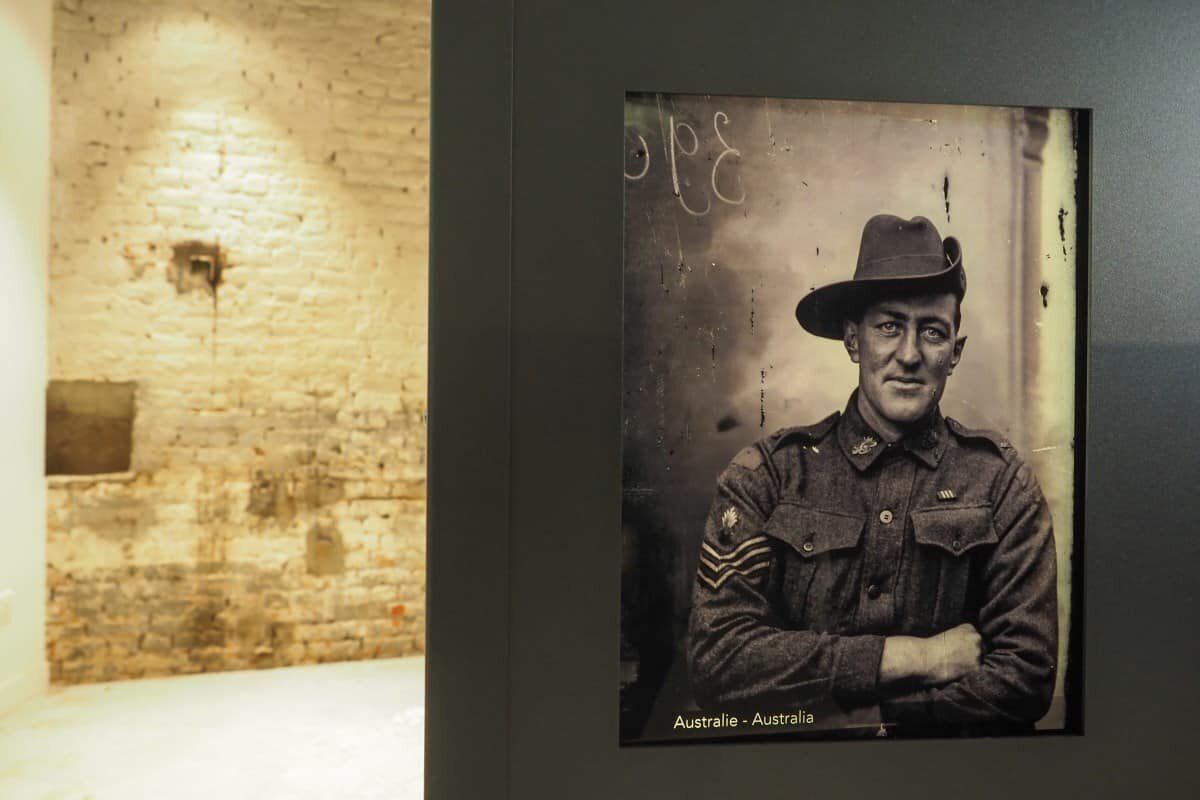
[hygge_custom_banner title=”Behind the Lens” description=”The Historic Discovery of Vignacourt Photographs” image=”https://www.thewanderinglens.com/wp-content/uploads/2018/04/Vignacourt-Photographs-08.jpg|1200|800″]
an attic with crumbling floor boards and cracking walls lay untouched for years in vignacourt, france.
Vignacourt, France [hygge_icon icon=”flag”]Coordinates – 50.0123° N, 2.1973° E
Sunlight peeked through the cobwebs on occasion, but little did anyone realise that this attic was hiding one of the greatest collections of war photographs yet to be discovered.
A wooden chest resting in the attic was revealed in 2011 to be housing over 3000 glass negative photography plates, each one depicting a side of World War I few had ever witnessed.
Many soldiers were billeted to local families and within the images lies an eerie happiness and relief for it’s believed for many to be their final photographs…
Capturing soldiers smiling, seemingly joking with comrades and posing with local children, the Thuillier Collection is such a striking series of images. Providing another insight into the harrowing campaign of the Western Front, the images also offer a rare glimpse into the personalities of the brave men who fought in the Somme. Many of whom paid the ultimate sacrifice.
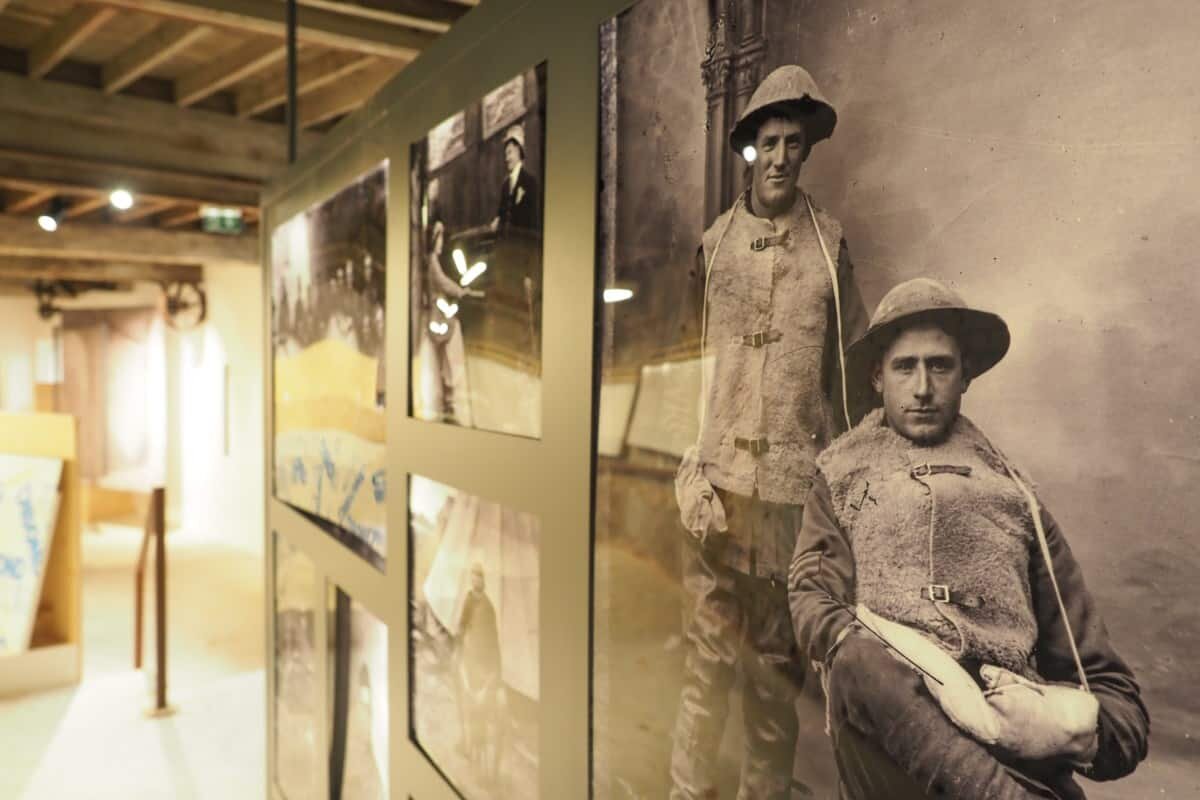
Taken when soldiers were on rotation leave from the Western Front, the images were captured by Louis Thuillier and his wife Antoinette, who realised the opportunity to establish a business taking portrait photographs while the soldiers were in the village. From 1916 onwards, the couple captured images in an outdoor studio and even made postcards for the soldiers to send home to loved ones.
A wooden chest resting in the attic was revealed in 2011 to be housing over 3000 glass negative photography plates, each one depicting a side of World War I few had ever witnessed.
Many soldiers were billeted to local families and within the images lies an eerie happiness and relief for it’s believed for many to be their final photographs before returning to face some of the deadliest battles of the campaign.
Vignacourt is a small French village just a few kilometres from locations like Villers-Bretonneux, Amiens and Pozieres which saw more than 7000 Australians die in the Battle of Pozieres between July 23rd and August 7th of 1916.
Today the images and replicas of the glass plates are on display at the Vignacourt 14-18 Museum which has only just opened on the same plot of land that the chest was discovered. The Thuillier Farmhouse is still standing at the entrance to the museum and while you can’t venture inside the attic due to safety concerns and preservation, I was lucky enough to be granted access to the attic to capture some images to share.
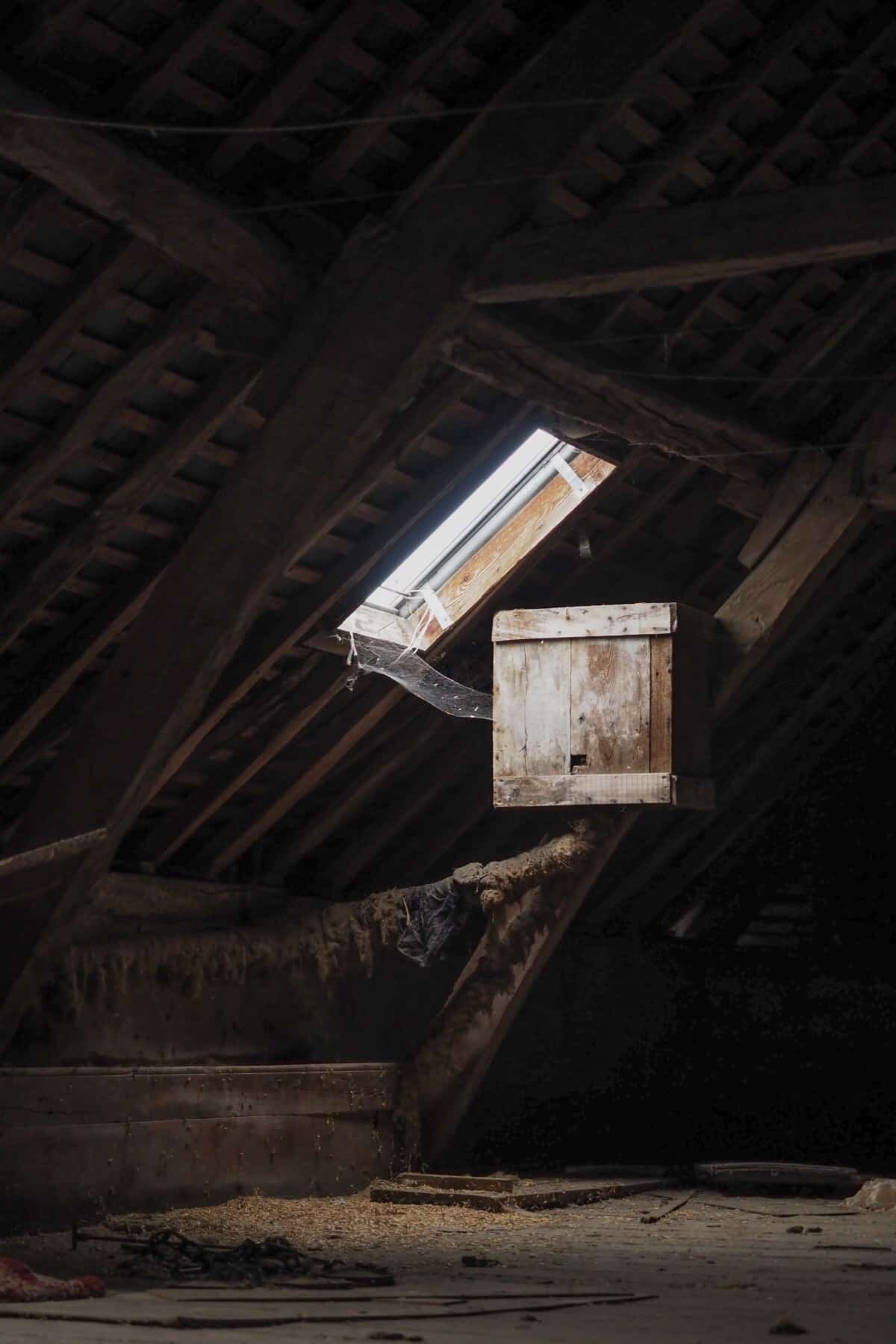
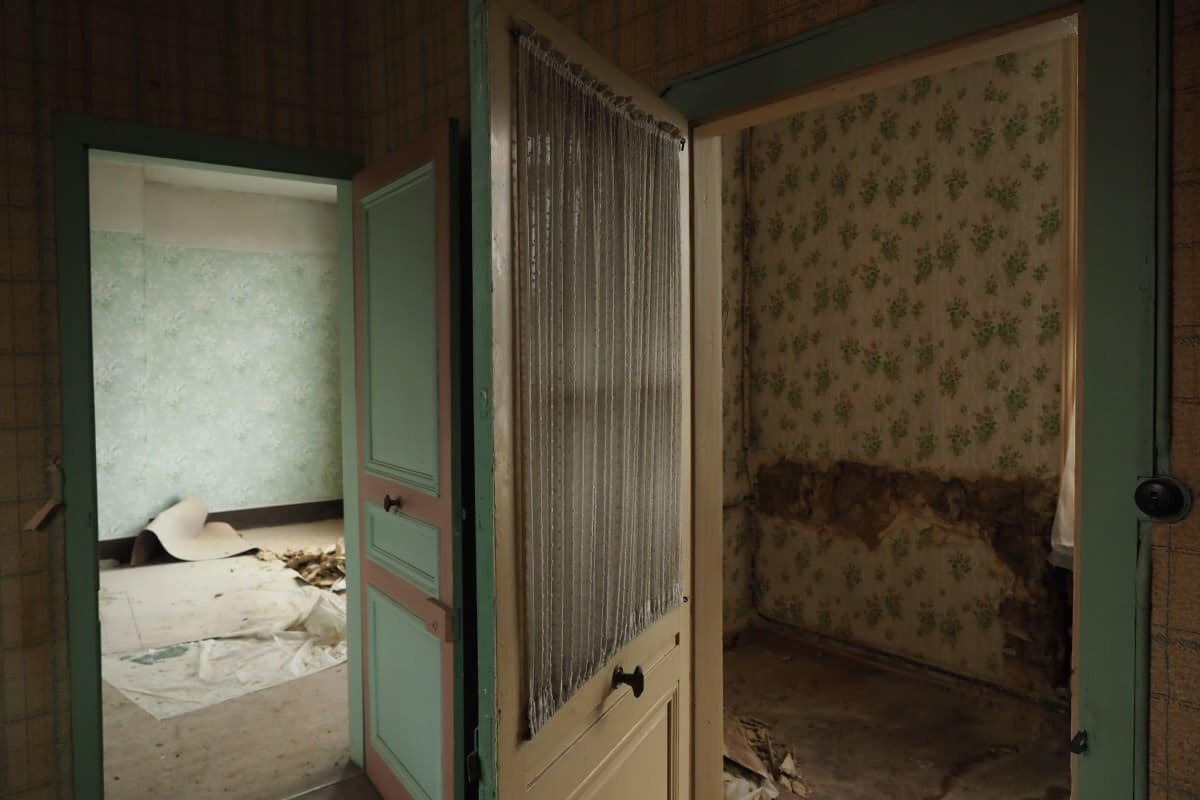
The clarity of the portraits within the Thuillier Collection is exquisite; the emotion, expressions and poses, it was truly humbling to stand inside the farmhouse where they were captured and see the work produced by the Thuillier couple in what would have been such trying times.
Capturing soldiers smiling, seemingly joking with comrades and posing with local children, the Thuillier Collection is such a striking series of images.
As a photographer, the Thuillier Farmhouse and seeing the collection of images was one of the highlights of my time in the Somme region earlier this year. I was commissioned to photograph the landscapes, battle sites, memorials and monuments between Ypres in Belgium and Amiens in France, I’ll be publishing a detailed guide to the region for ANZAC day later this month.
Comprising of over 3000 glass plates, Australian Kerry Stokes purchased 500 and had them carefully shipped to Australia before donating them to the Australian War Memorial. A significant insight to the Australian experience on the Western Front, the images form part of a travelling exhibition which continues throughout regional centres in 2018. To view upcoming exhibition locations and dates visit the Remember Me: The Lost Diggers of Vignacourt.
If you’re visiting the region to follow in the footsteps of family members or experience the locations of the Western Front in person, visit the Department of Veteran Affairs website which has walking trail, cycling paths and detailed information on where and when to go. You can also download the brand new Australian Remembrance Trail Guide, available on the new Sir John Monash Centre website.
Below are a collection of images taken within the Vignacourt 14-18 Museum during it’s construction along with inside the Thuillier Farmhouse and attic.

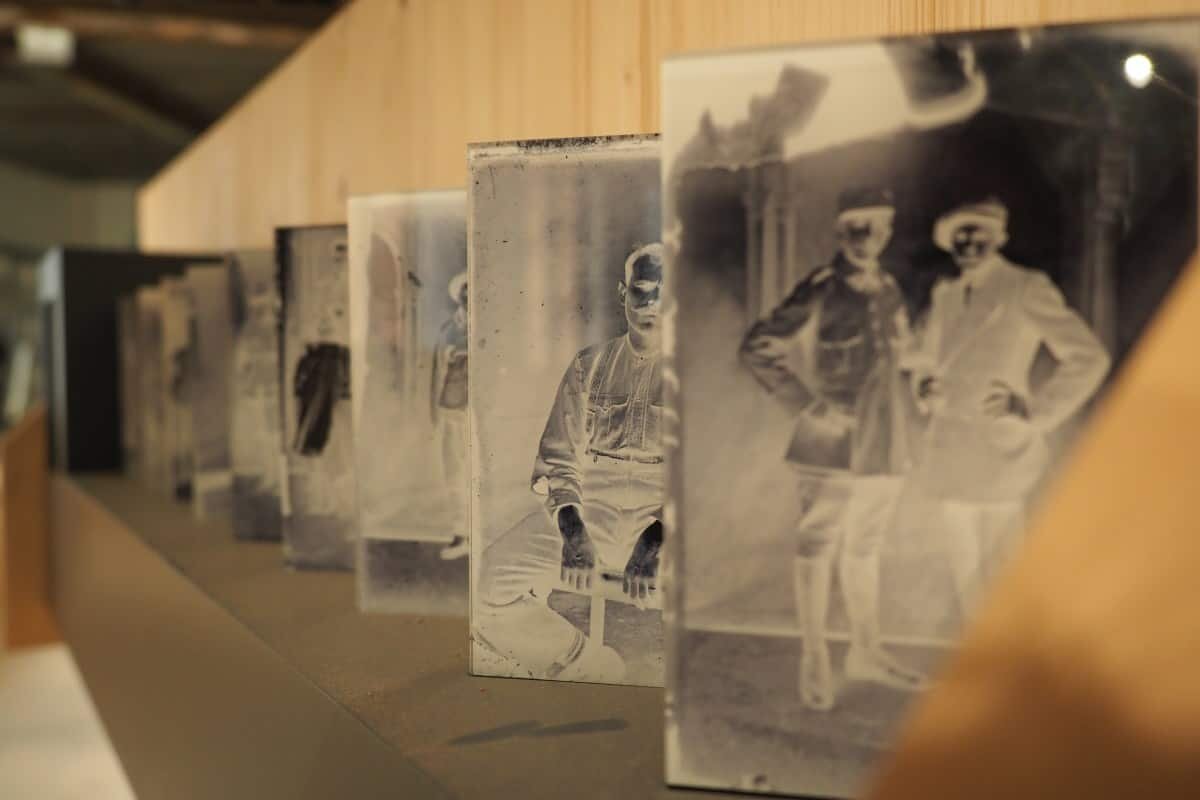
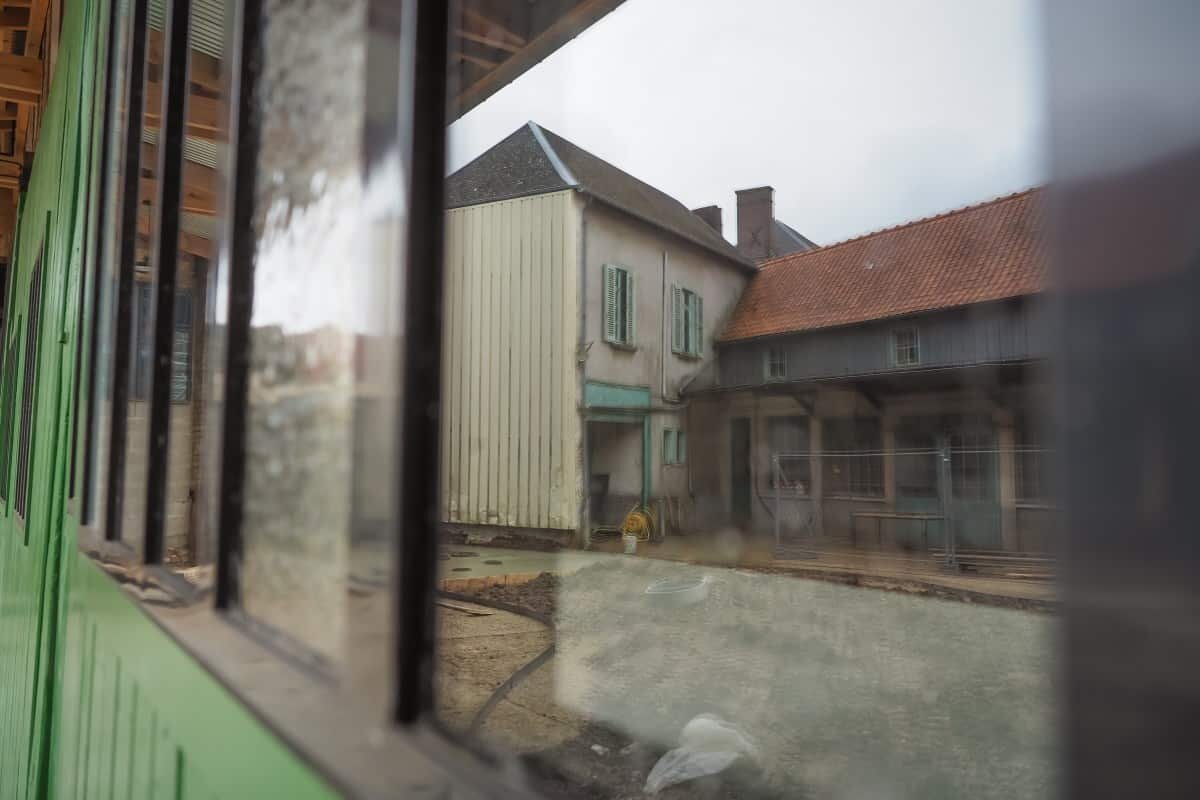
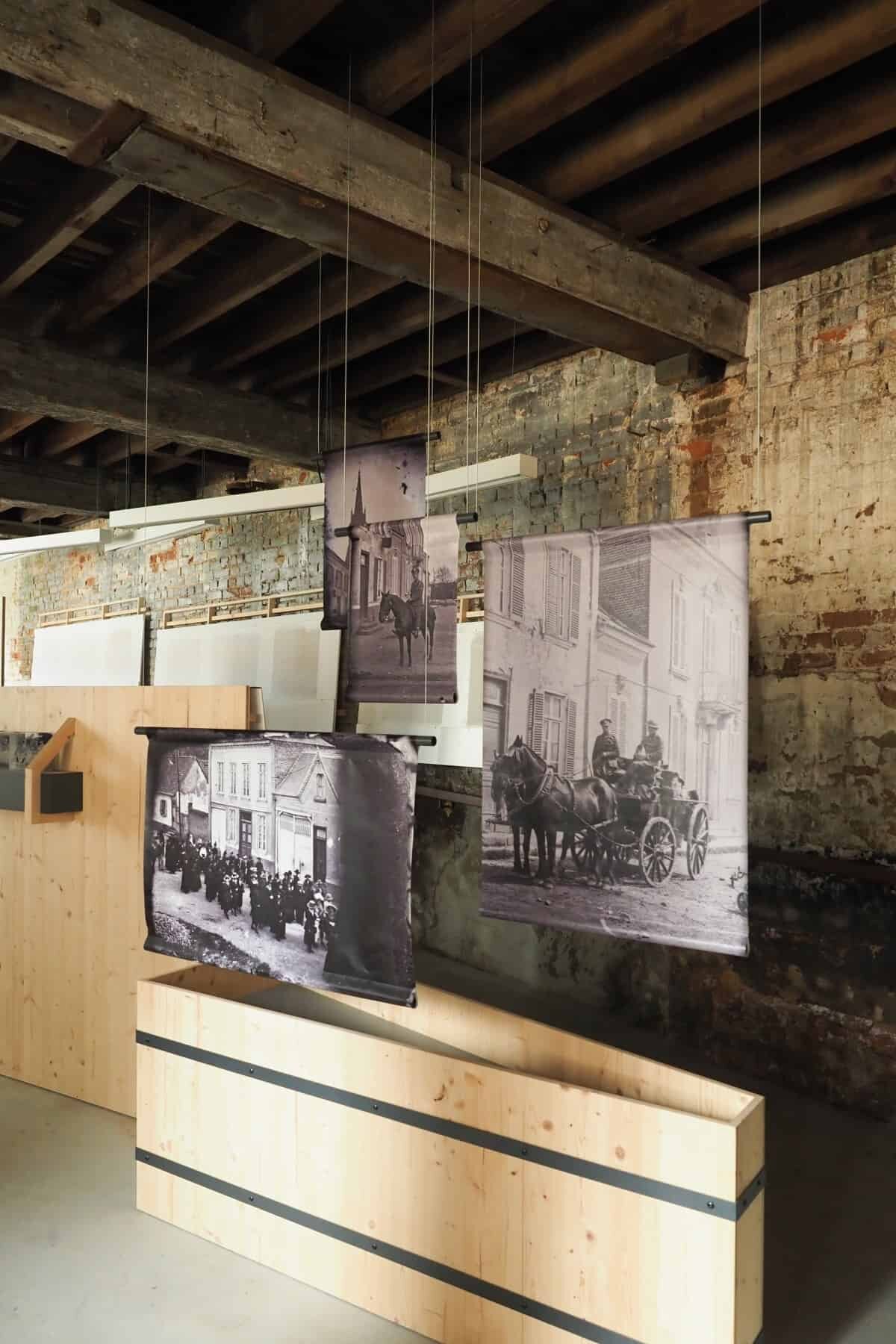
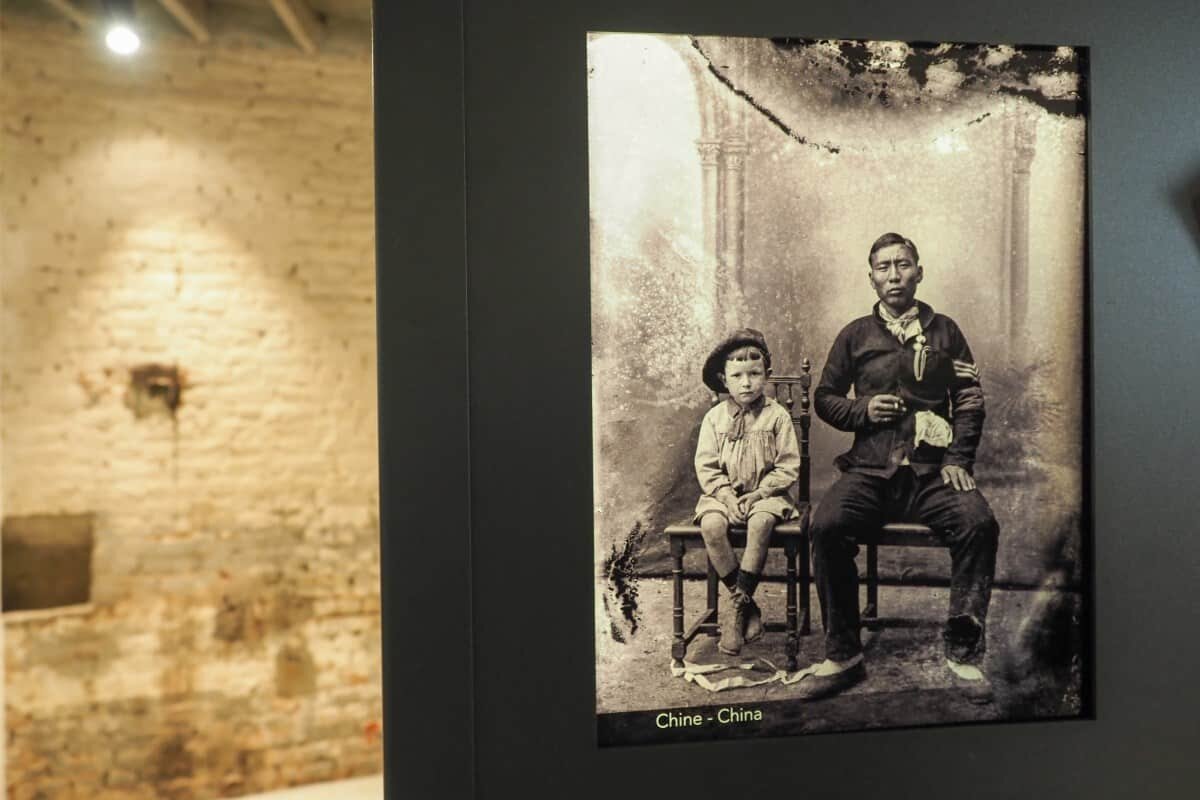
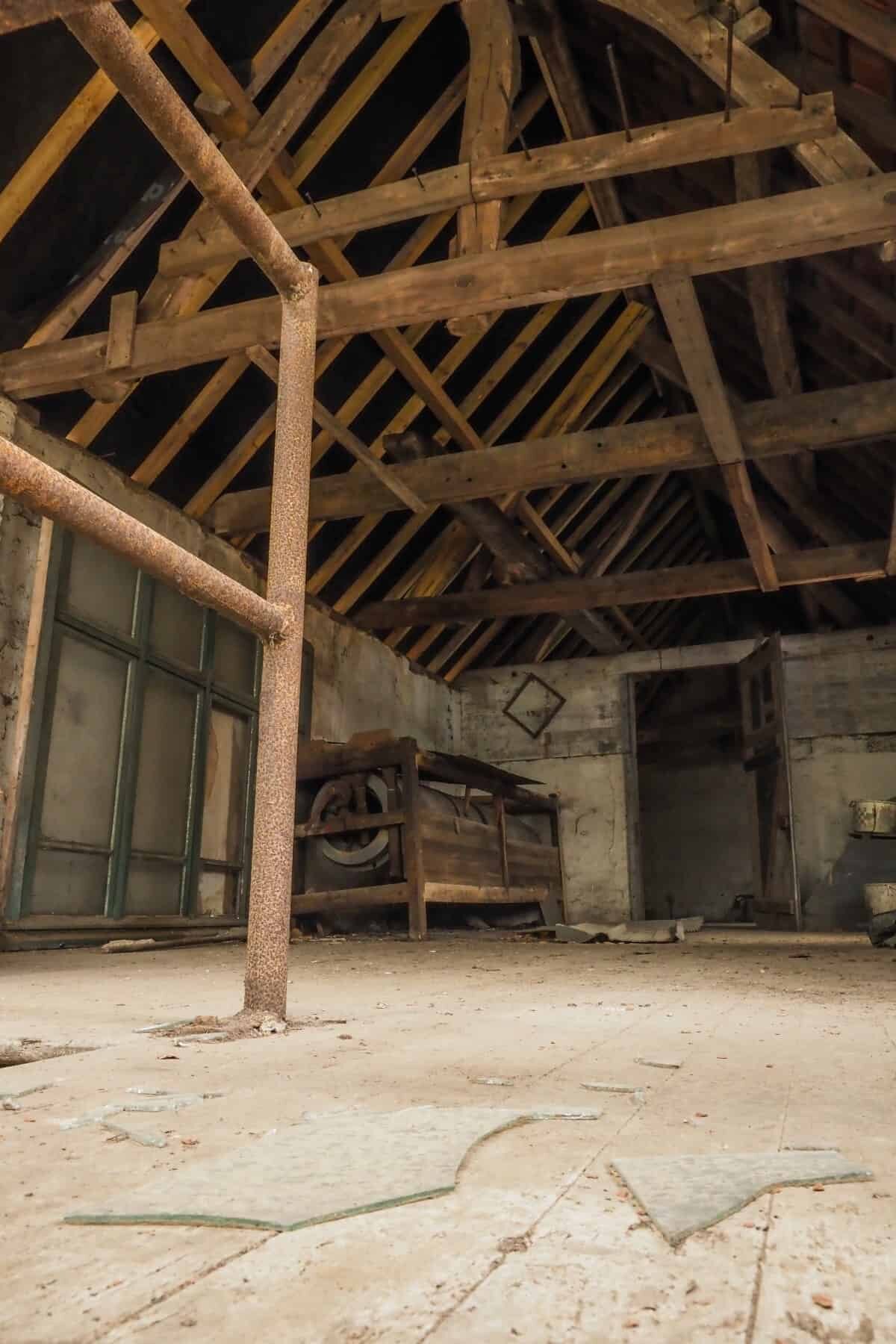
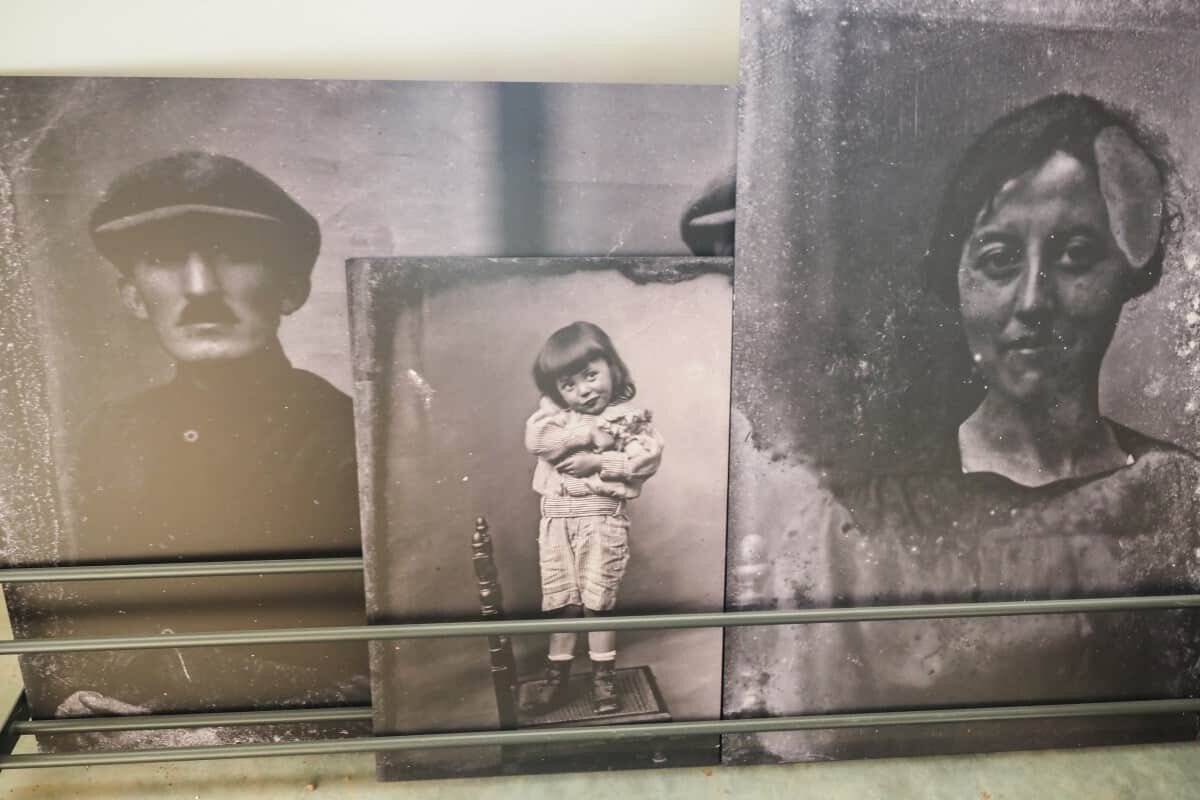
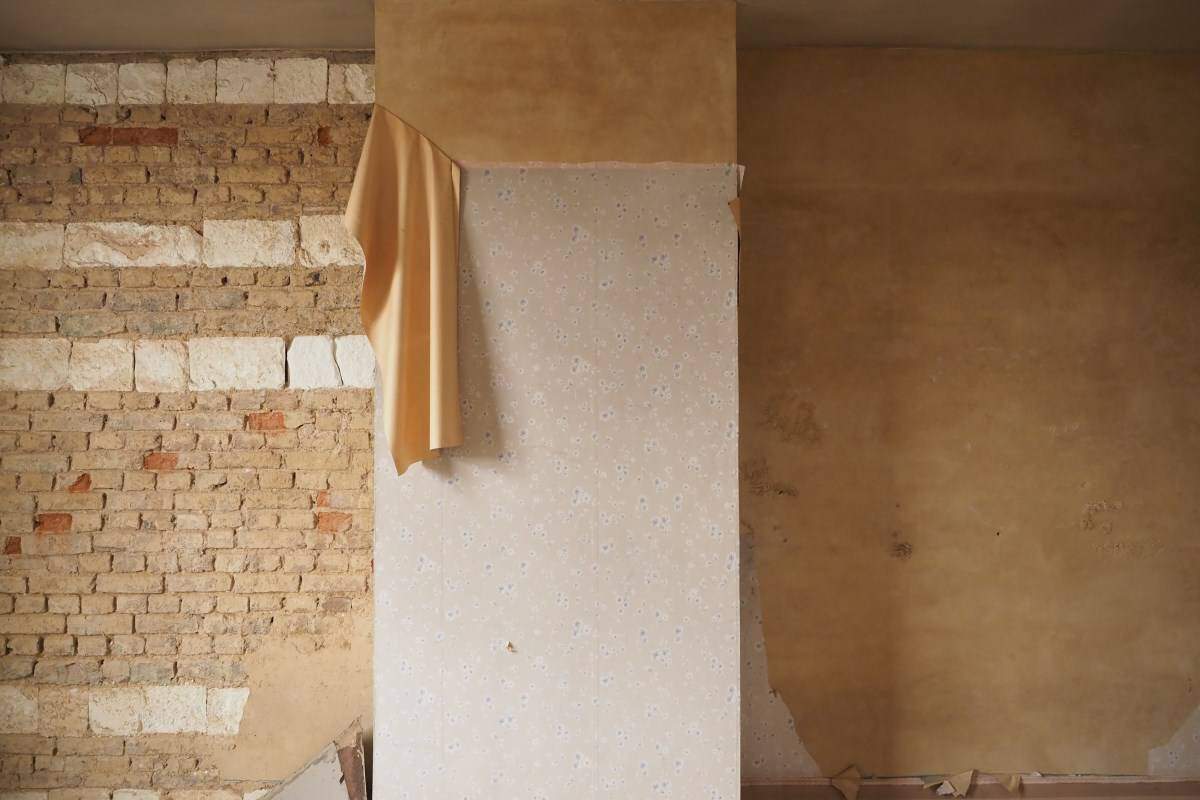
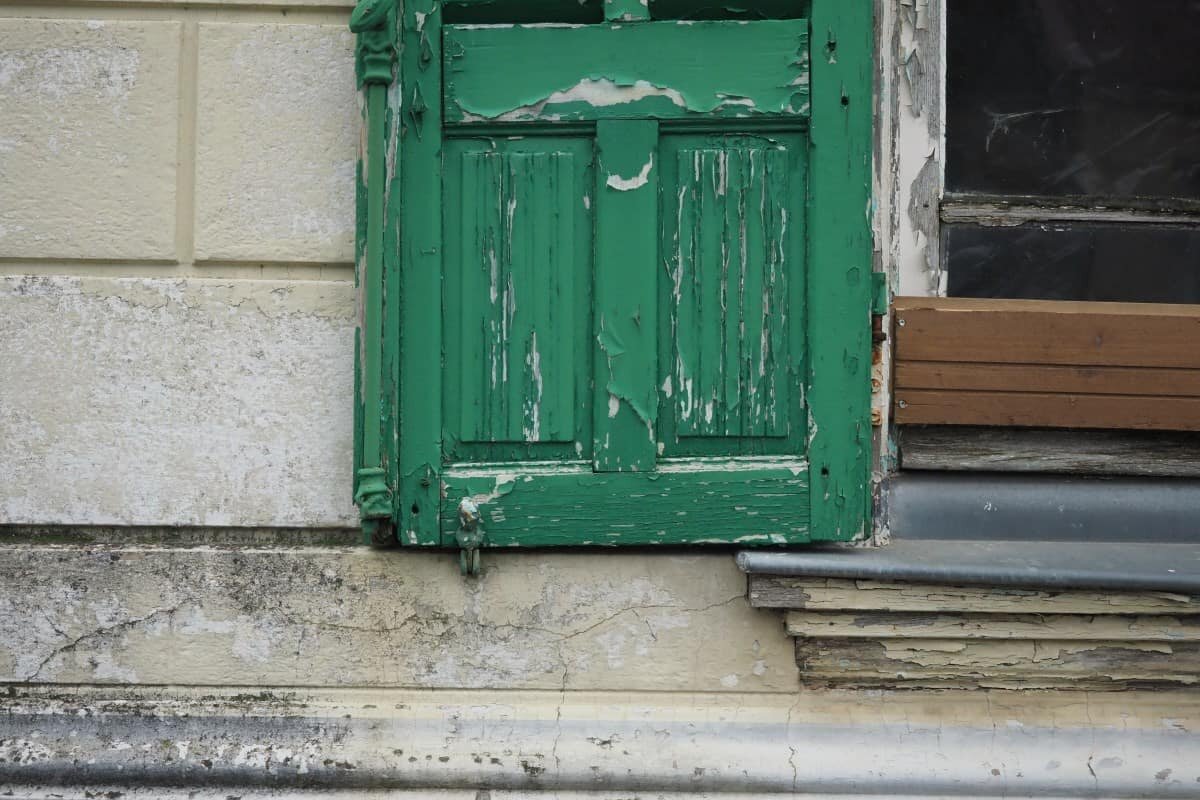
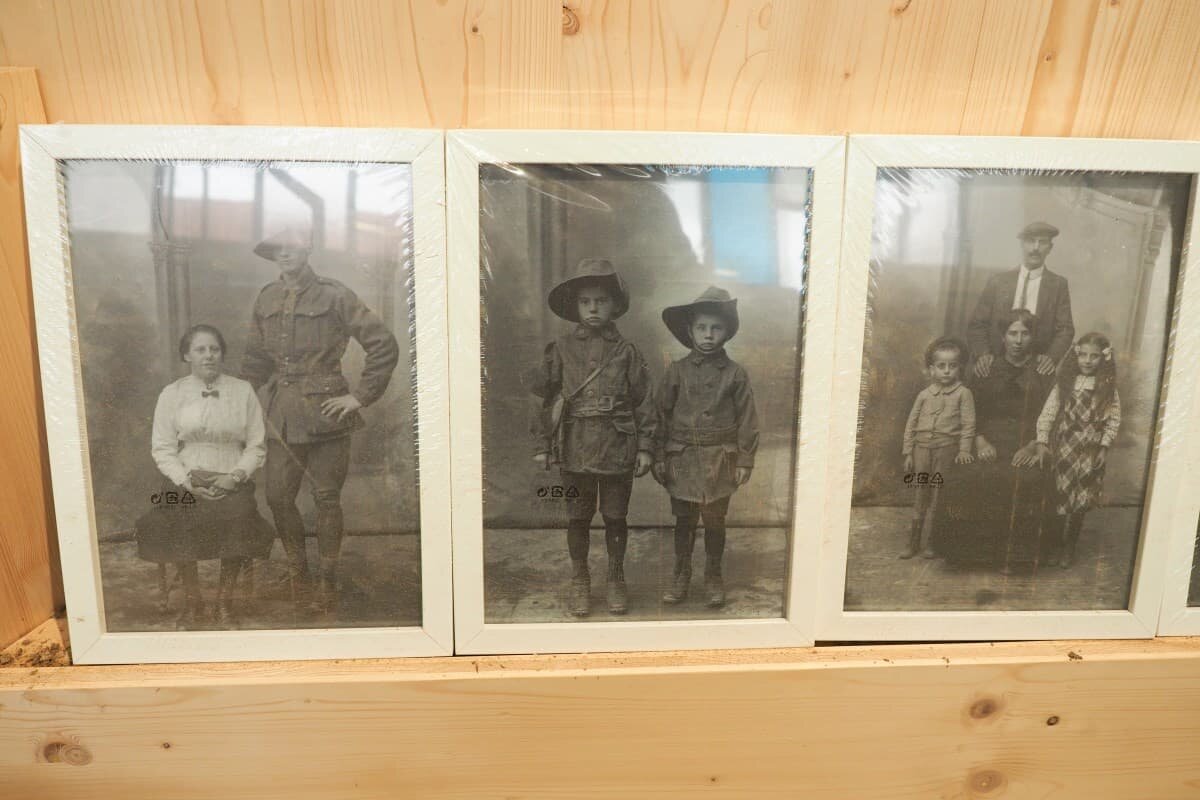
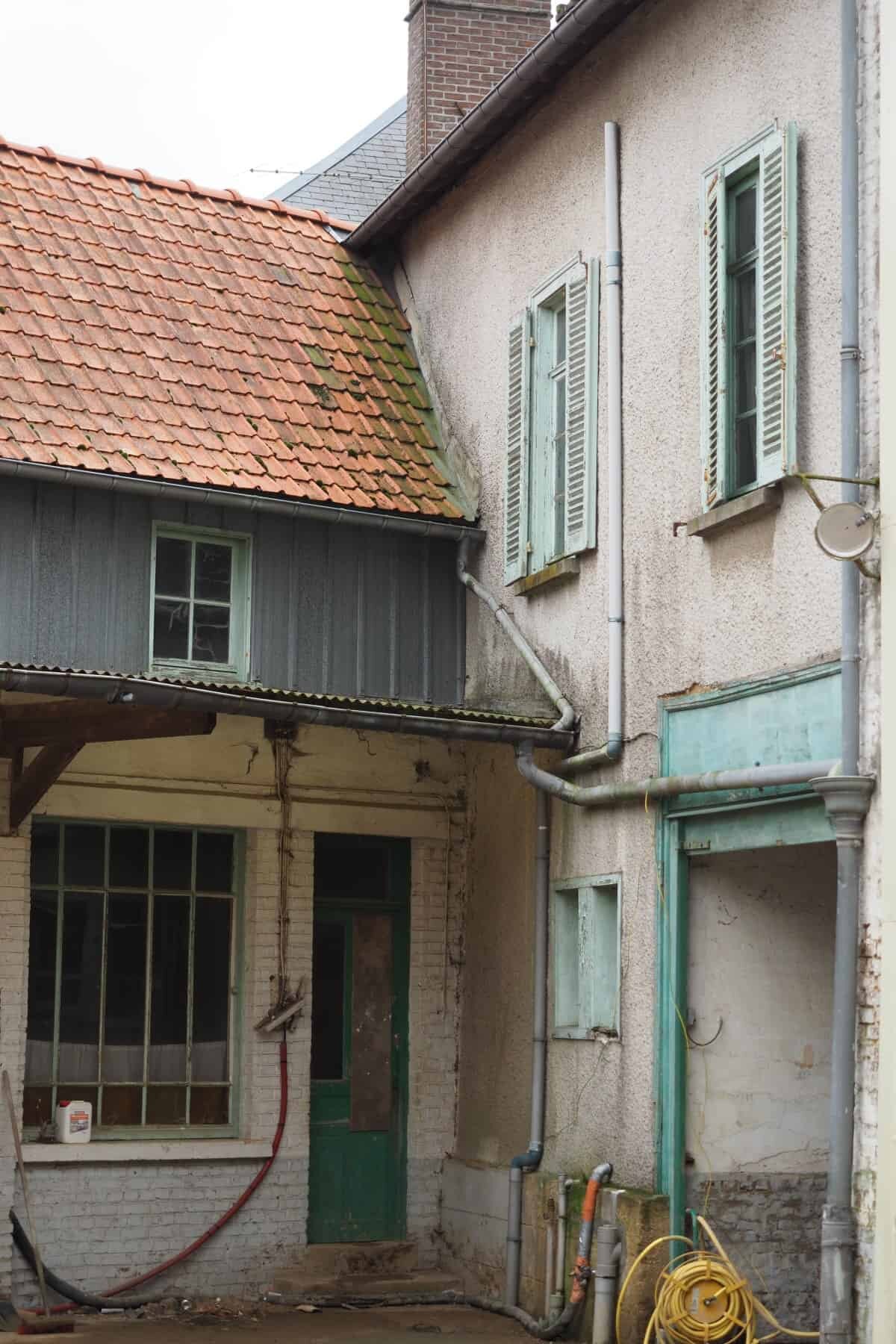
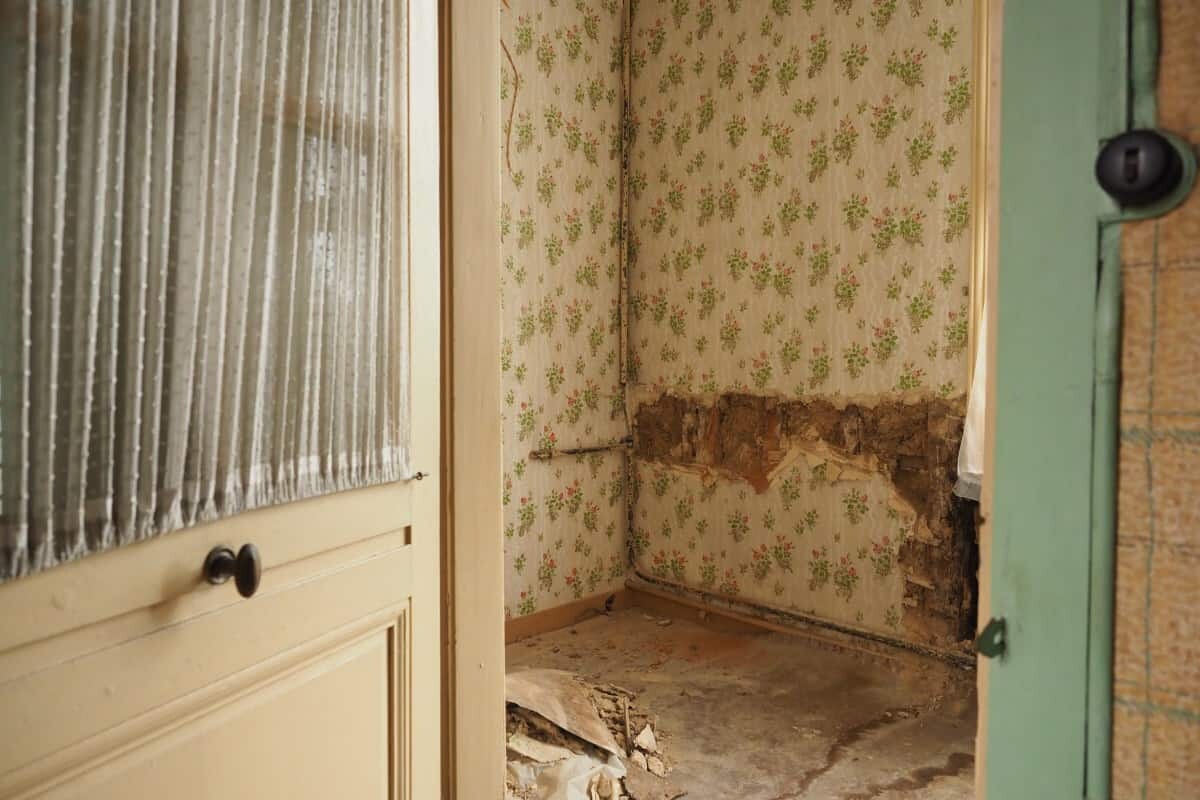
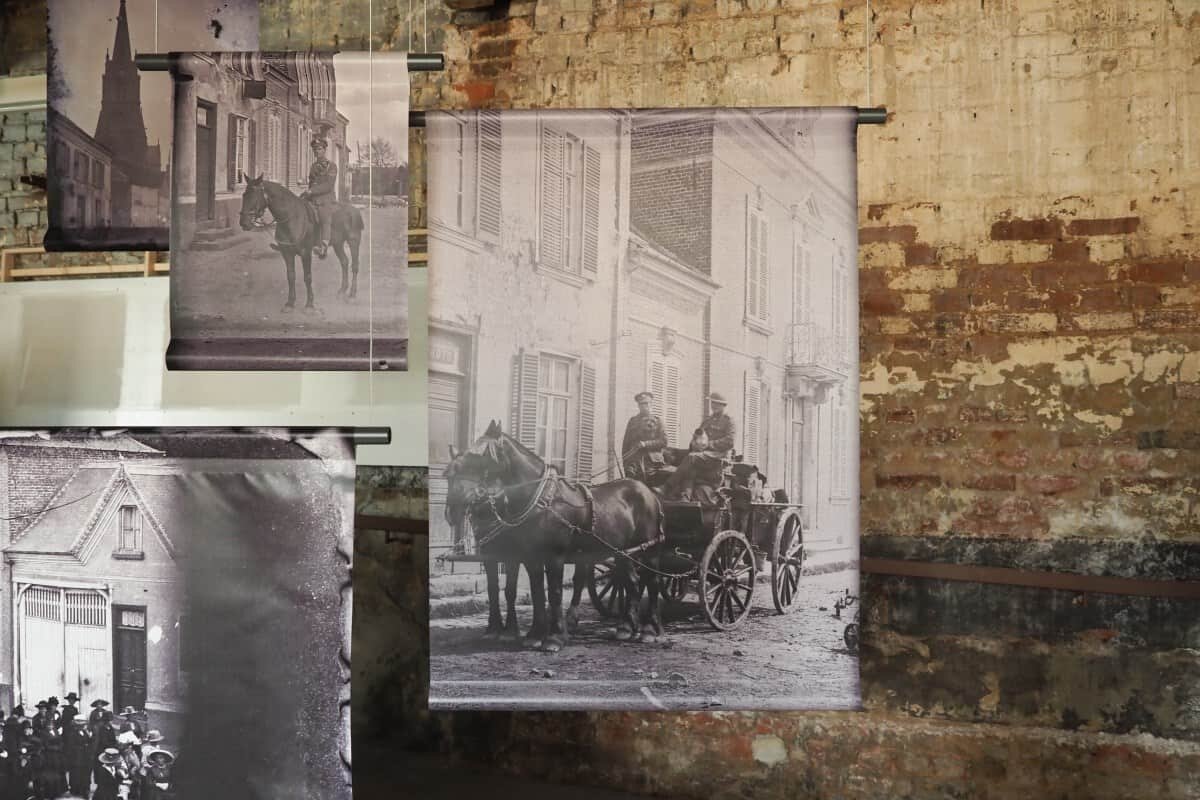

Hello! I’m the founder and photographer behind The Wandering Lens.
With 19+yrs experience as a professional travel and landscape photographer, all advice found on this site is from my personal experience, or that of contributors, on the road. I hope it’s useful for your own travels and would love to hear in the comments about your trips and experiences around the world.



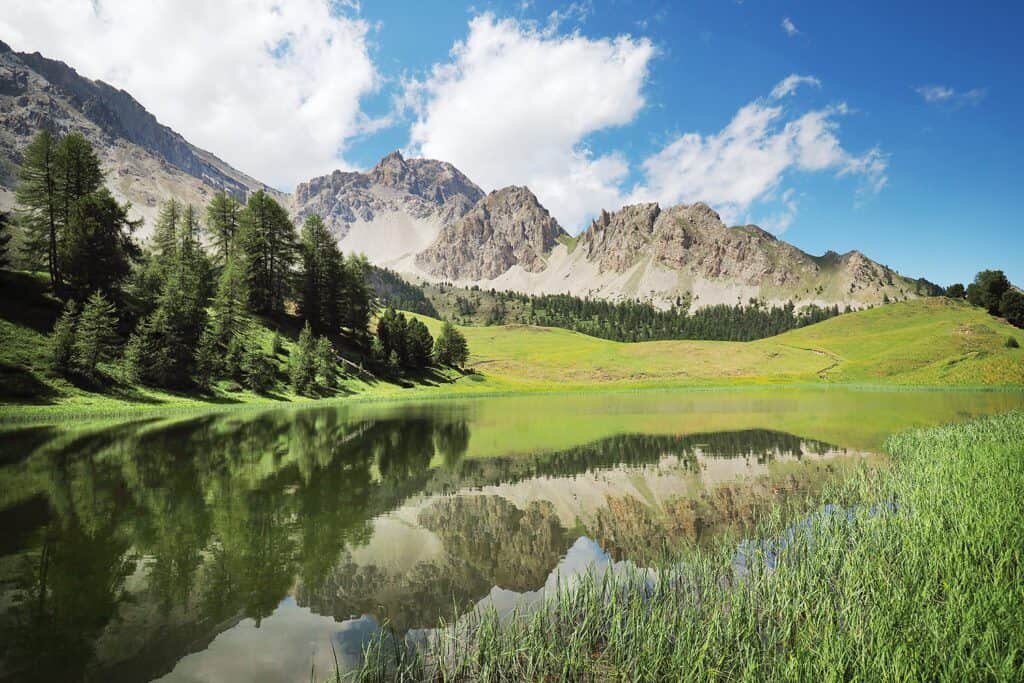
Blog Comments
Lisa Michele Burns
April 12, 2018 at 10:21 am
Comment test
Mad
April 16, 2018 at 7:39 pm
amazing photos! very climatic 🙂 best regards:)